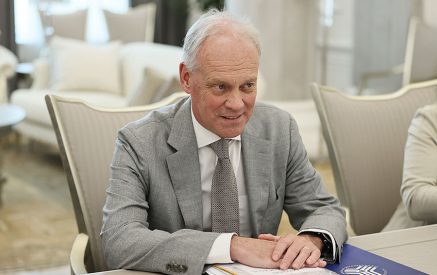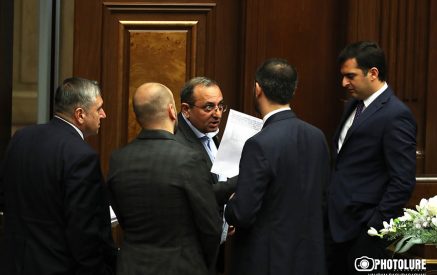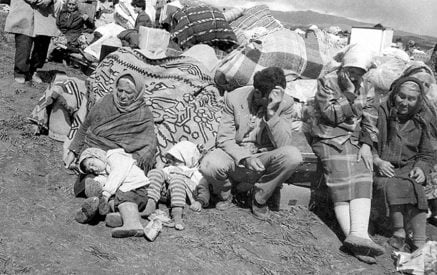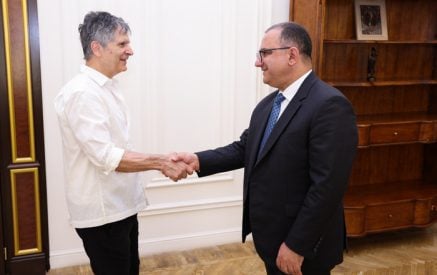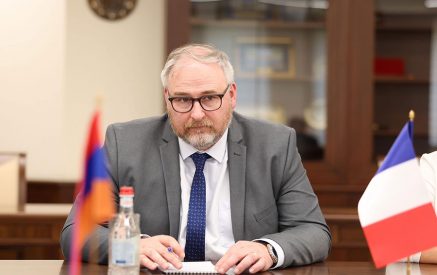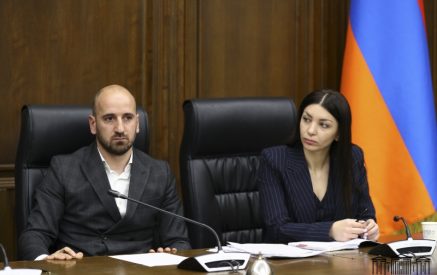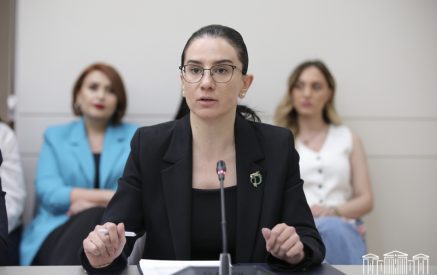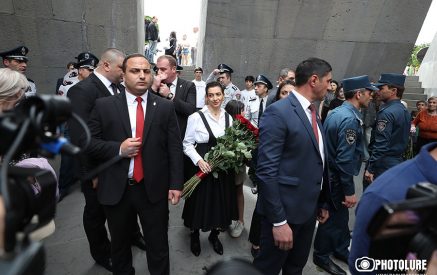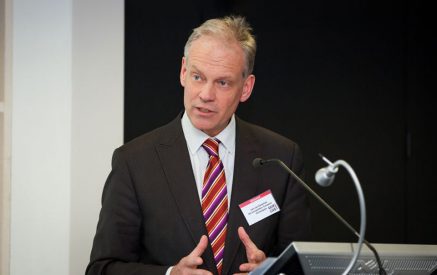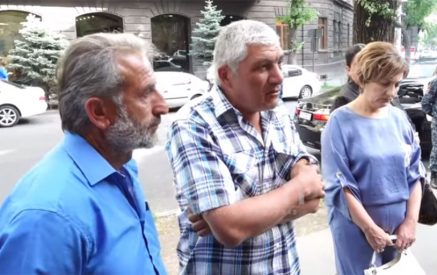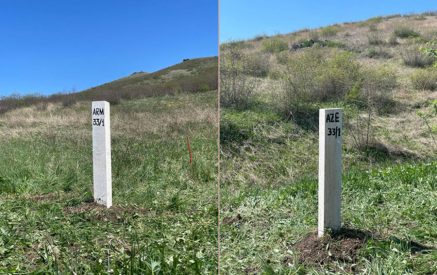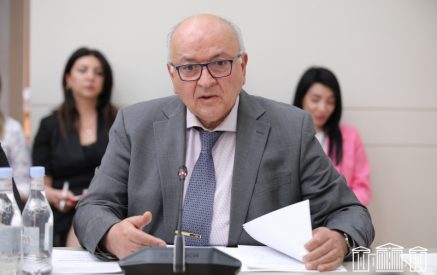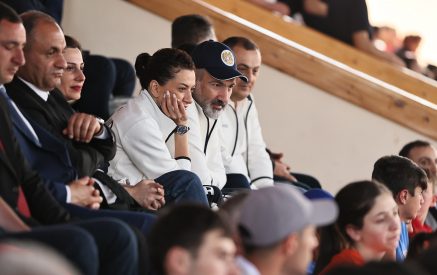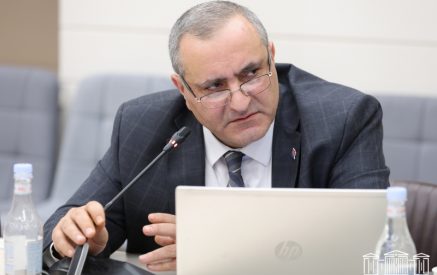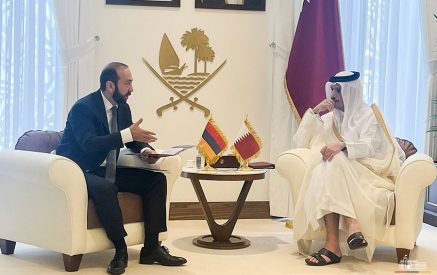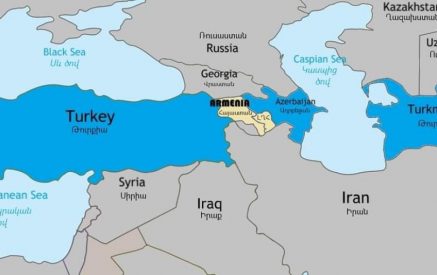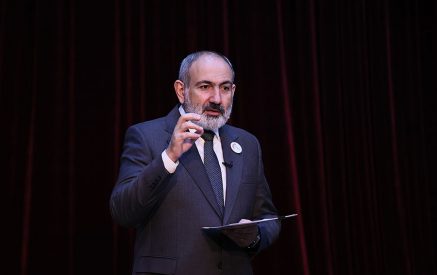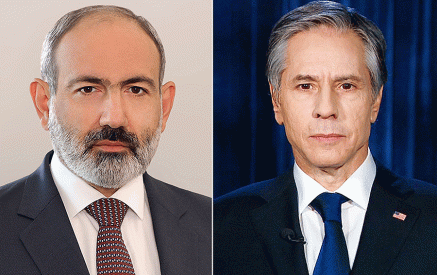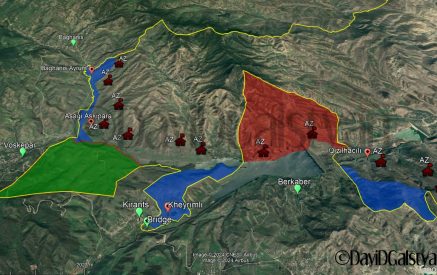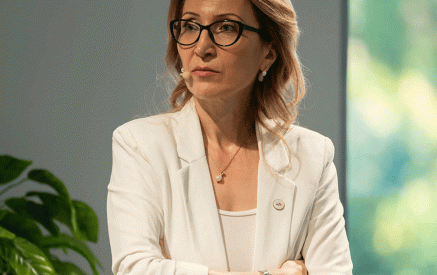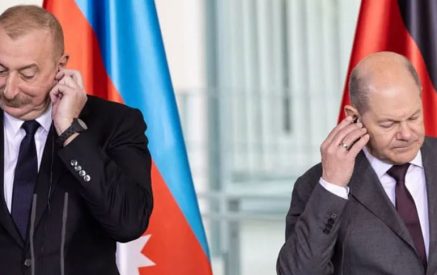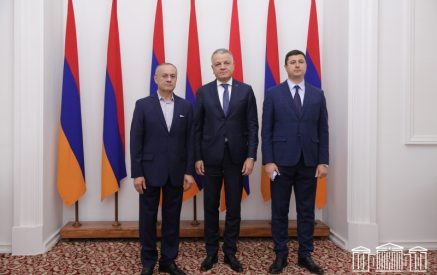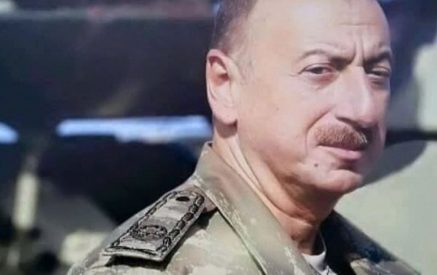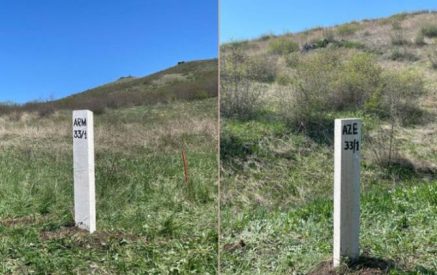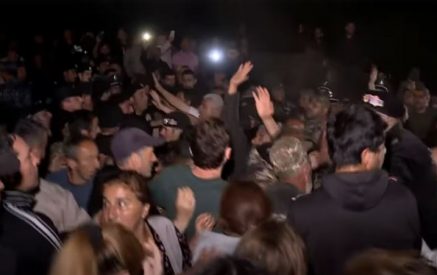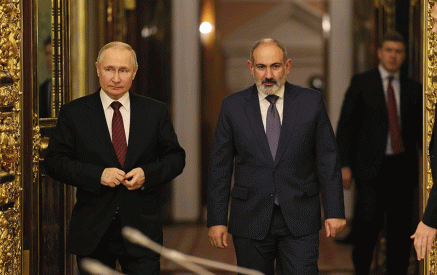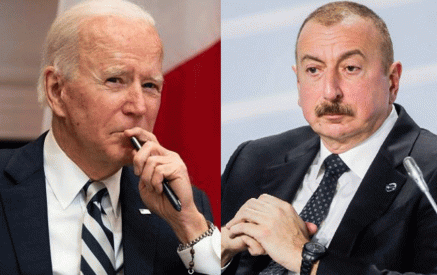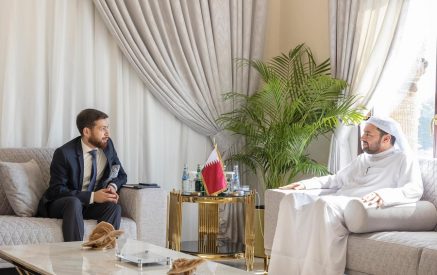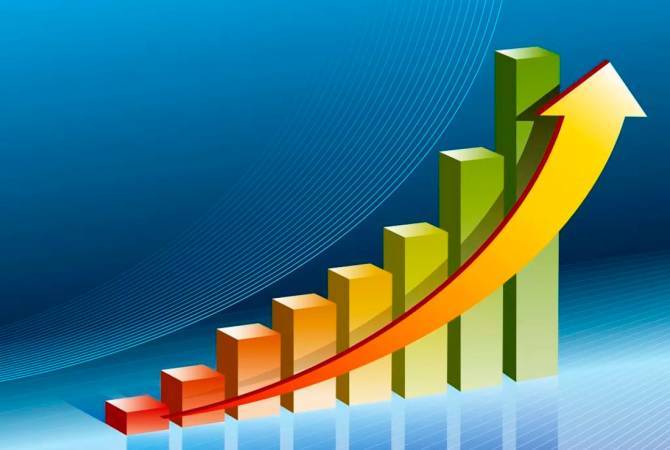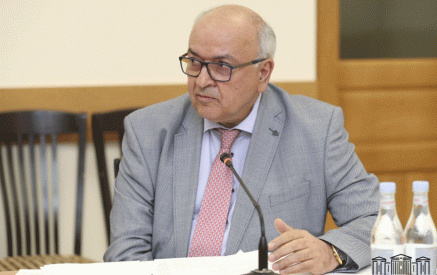The growth of economic activity index (EAI) halved in June, reaching 6.8 percent (yoy) in real terms, compared to 13.6 percent (yoy) in May.
This was mostly due to a slowdown in growth of non-trade services, from 12.3 percent in May to 4 percent in June (yoy), due to a high base effect (36 percent growth in June 2022). Contraction in industrial output was another reason for the slowdown, driven mostly by a 15.6 percent (yoy) decline in mining output. Construction and trade continued to grow strongly, at 18 and 20 percent (yoy), respectively (Figure 1). Cumulative growth for H1 2023 reached 11.4 percent (yoy), with trade recording the strongest growth (23.6 percent) and industry the lowest (1 percent). Agriculture grew by 2 percent in H1 2023, driven by a rebound in the horticulture sector, while cattle-breeding and fishery contracted.
In June, net money transfers from Russia were 33 percent lower than in June 2022, but still three-times higher compared to June 2021. In net terms, money transfers amounted to USD 130 million in June 2023, 2.7 times higher than in May, but 15 percent lower than the average for the last five months. Money transfer inflows and outflows both show significant fluctuation (Figure 2).
Real estate prices held up compared to 2022, despite fewer transactions. Apartment prices in the center of Yerevan continued to rise in June, while the number of transacted apartments fell by 40 percent (yoy). The number of rented apartments in Yerevan rebounded slightly in May and June, probably due to the tourist season.
Prices registered a slight deflation in June and July at 0.5 and 0.1 percent (yoy), respectively, bringing average inflation through July down to 3.6 percent (Figure 3). The decline in the overall CPI was mainly due to deflation in food prices (3.9 percent), transport (1.7 percent), and communications (0.5 percent). The sharp fall in inflation was due to lower external inflationary pressures, tight monetary policy, and the continued strength of the AMD, as well as some base effects. In its August 1 board meeting, the Central Bank reduced the policy rate by 25 bps to 10.25 percent.
The trade deficit doubled in June 2023 (yoy), to USD 454 million. This was due to a significant slowdown in goods exports, down from 65 percent (yoy) in May to 2.5 percent in June. Growth of imports also slowed, from 54 percent in May to 34 percent in June. The export of transport vehicles and machinery (typically re-exported items), continued to grow at extraordinary rates (11-fold and 3-fold, respectively).
However, the export of precious stones, a significant exports contributor in previous periods, contracted by 46 percent (yoy). This, along with a decline in exports of minerals, agriculture, and food products, offset increases in exports of other commodities. In H1 2023, both exports and imports grew by 73 percent (yoy). The number of tourist arrivals in H1 2023 increased by 70 percent (yoy), reaching one million, with Russia contributing to 50 percent of the total.
In June-July, the AMD remained relatively stable against the USD and the EUR. As the RUB continued to depreciate, at end July the AMD strengthened against it by 36 percent in July (yoy) (Figure 4). International reserves increased by USD 232 million in July, partly boosted by the disbursement of a USD 100 million World Bank budget support loan. This increased international reserves to a new record of USD 4.1 billion, equivalent to 4.3 months of import cover, at end July (Figure 5).
In June, the budget recorded another surplus of AMD 34 billion, driven by a 15.4 percent (yoy) increase in tax revenue collection. This was due to increases of 15 percent and 43 percent in VAT and profits tax collections, respectively, explained by higher consumption, strong economic performance, and a 20 percent rise in income tax collection. Current and capital expenditures were also up, by 12 and 18 percent yoy, respectively. Cumulatively, compared to the budget plan for H1 2023, revenues exceeded expectations by 6 percent, while current and capital expenditures fell short by 6 and 46 percent, respectively, amidst a high and ambitious budget plan for investment. As a result, the budget surplus for H1 was AMD 135 billion, compared to a planned deficit of AMD 93 billion.
Banking credit and deposits showed muted growth in June, but financial indicators remained stable. Adjusted for the exchange rate, credits and deposits increased by 2 and 0.7 percent, respectively, in June (mom). Capital adequacy ratios remained sound at 20.5 percent. The ratio of non-performing loans rose to 2.9 percent in June, compared to a low of 2.5 percent in April, while remaining at a manageable level. Return to assets remained flat at 2.7 percent for the third month in a row.
| Figure 1. Industrial output contracted in June, and growth in services decelerated markedly | Figure 2. Money transfer inflows and outflows picked up in June, with no clear trend in sight | ||
| (Economic Activity Index, yoy change, %) | (USD thousand) | ||
| Source: Statistical Committee of RA | Source: CBA | ||
| Figure 3. Armenia experienced deflation in June, while prices stabilized in July | Figure 4: AMD was flat against USD but significantly appreciated against RUB | ||
| (CPI inflation, yoy change, %) | (Index: March 2, 2020 = 100) | ||
| Source: CBA |
Source: CBA |
||
| Figure 5. International reserves increased in July and slightly exceeded 2022 year-end level | Figure 6. The budget balance registered a surplus in H1 2023 | ||
| (USD million) (Months of imports) | (AMD billion) | ||
| Source: CBA | Source: MoF | ||

